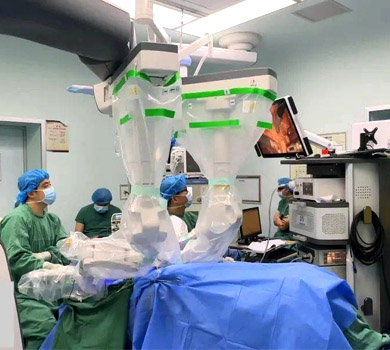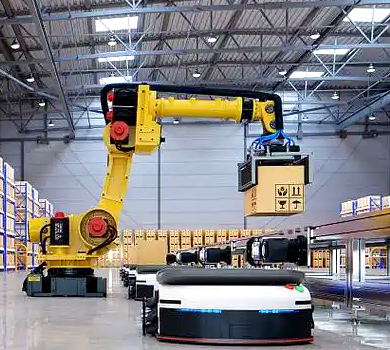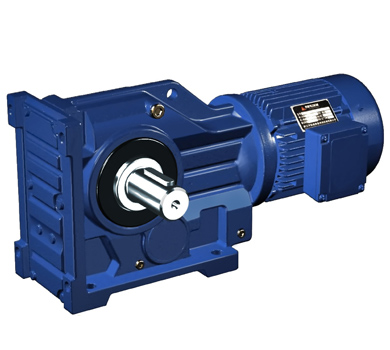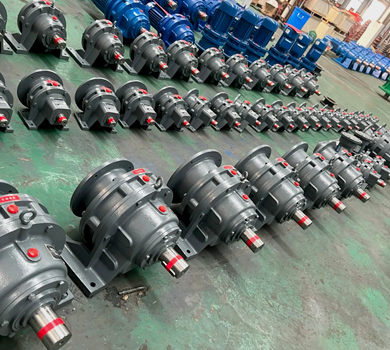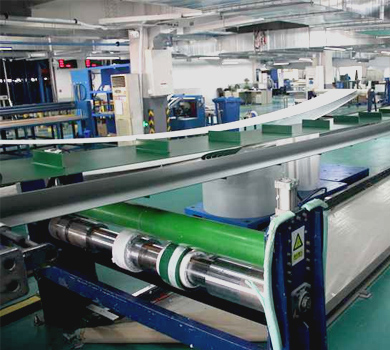With the continuous advancement of semiconductor manufacturing technology, wafer marking and positioning systems are becoming increasingly sophisticated. These systems require high-precision motion control and robust drive solutions to ensure accurate alignment and consistent operation. However, industry challenges such as high cycle accuracy, compact space constraints, and extended operational stability are pushing the boundaries of conventional drive components.
1. Industry Challenges and Pain Points
The wafer marking and positioning system is a key component in semiconductor production lines, typically consisting of linear stages, rotary tables, precision motion controllers, and high-speed marking heads. These systems operate in high-precision and cleanroom environments where even micro-level deviations can lead to production failures.
Currently, the industry faces the following critical challenges:
- Drive Precision: The requirement for sub-micron positioning accuracy is extremely demanding, especially under high-speed operation.
- System Stability: Long-term consistent performance is essential to maintain process yield and reduce machine downtime.
- Energy Efficiency: The need for energy-saving components is increasing due to higher production cycles and environmental regulations.
- Compact Design: Space limitations in modern semiconductor equipment require compact and lightweight transmission solutions.
- Harsh Environment Adaptability: The ability to function in cleanrooms and high-temperature zones is crucial for compatibility with existing infrastructure.
2. Key Role and Technical Requirements of Gearboxes in the Industry
In wafer marking and positioning systems, gearboxes play a central role in translating motor torque into high-precision, repeatable motion. Key technical requirements include:
- High Torque Density: To handle high inertial loads while maintaining a small footprint.
- Ultra-High Transmission Accuracy: Backlash and repeatability are critical for achieving micron-level positioning.
- Fast Response Time: Essential for rapid movement and synchronization with marking heads and sensors.
- Compatibility with Servo and Stepper Motors: Supporting a wide range of motor types for flexible integration.
- Environmental Adaptability: Must operate in temperature-controlled cleanrooms and resist contamination from dust and chemicals.
- Long Service Life and Low Maintenance: Gearboxes must endure high cycle frequencies and offer extended lubrication intervals to reduce downtime.
3. Waimica’s Planetary Gearbox Solution
Waimica’s high-precision planetary gearboxes have been specifically engineered to meet the demanding needs of wafer marking and positioning systems. Our solution addresses the industry’s core challenges with a combination of advanced materials, modular design, and high-performance engineering.
Structural Design Highlights:
- Compact and Lightweight: Optimized for space-constrained applications, reducing overall system size and inertia.
- Modular Construction: Allows for quick assembly and easy customization to match specific application requirements.
- Flexible Mounting Options: Supports both ISO and NEMA input flange standards, enabling integration with various motor types.
Performance Specifications:
| Parameter | Waimica | Brand A | Brand B |
|---|---|---|---|
| Maximum Torque (N·m) | 150 | 140 | 135 |
| Backlash (arcmin) | ≤1 | ≤1.5 | ≤2 |
| Efficiency (%) | 92 | 90 | 88 |
| Operating Temperature (°C) | -10 to +100 | -5 to +95 | 0 to +85 |
| IP Rating | IP65 | IP64 | IP54 |
Special Operating Conditions Support:
- High-Temperature Operation: Advanced lubrication systems and thermal management allow stable performance at elevated temperatures.
- Cleanroom Compatibility: Gearboxes feature low outgassing materials and sealed designs to meet ISO Class 4 cleanroom standards.
- Low Maintenance: Optimized for long service life with minimal lubrication and wear-resistant components.
4. Real-World Application and Customer Feedback
A European semiconductor equipment manufacturer needed a high-precision transmission system for an automated wafer marking machine operating in a Class 10 cleanroom. The previous solution suffered from frequent maintenance and thermal expansion issues, which affected marking accuracy and production efficiency.
Implementation Process:
- Requirement Analysis: Waimica’s engineering team conducted a detailed site assessment and reviewed the customer’s existing system.
- Customization: A planetary gearbox with 0.5 arcmin backlash, IP65 sealing, and a reduced thermal expansion coefficient was developed specifically for this application.
- Integration and Testing: The solution was installed and fully integrated with the customer’s servo motor and motion control system, followed by rigorous validation tests.
Post-Implementation Performance Improvements:
| Metric | Before Waimica | After Waimica | Improvement (%) |
|---|---|---|---|
| Marking Accuracy | ±5 µm | ±1.5 µm | 70 |
| Machine Uptime | 88% | 97% | 10 |
| Service Interval | Every 3,000 hours | Every 10,000 hours | 233 |
Customer feedback highlighted a significant reduction in downtime and an improvement in product yield. The customer plans to expand the use of Waimica gearboxes across other modules in their production line.
5. Conclusion and Waimica’s Value Proposition
Waimica has demonstrated its capability to deliver high-performance, reliable, and compact planetary gearboxes that can replace traditional imported solutions in semiconductor manufacturing. Our gearboxes are designed to meet the highest standards of precision, environmental resilience, and longevity, with a cost-effective alternative to global competitors.
As the industry continues to demand higher throughput, greater automation, and tighter tolerances, Waimica remains committed to providing innovative and scalable solutions that support the evolution of next-generation semiconductor equipment. With a strong R&D team, global certification, and rapid delivery, Waimica is a strategic partner for manufacturing automation worldwide.


